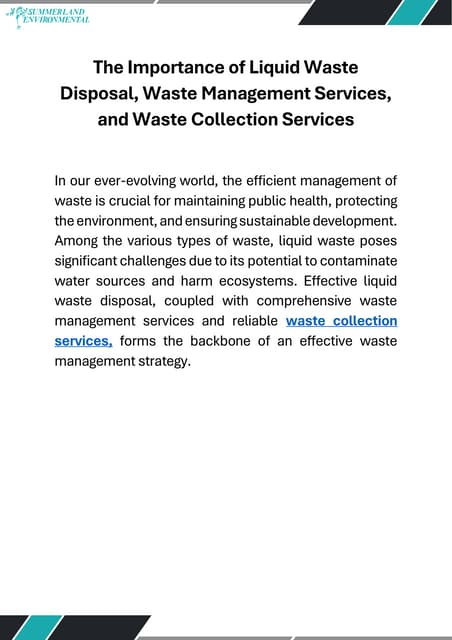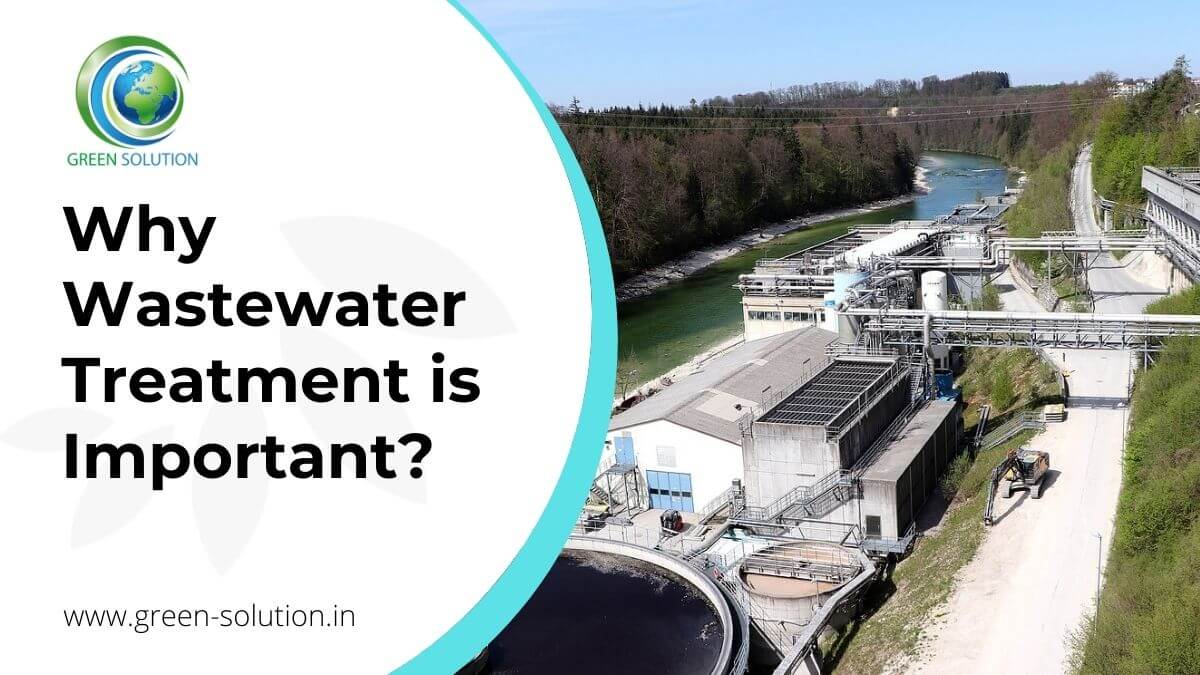Fascination About Reclaim Waste
Fascination About Reclaim Waste
Blog Article
An Unbiased View of Reclaim Waste
Table of Contents9 Easy Facts About Reclaim Waste ShownThe Main Principles Of Reclaim Waste Everything about Reclaim WasteA Biased View of Reclaim WasteNot known Factual Statements About Reclaim Waste
Residential sewage waste refers to the waste and items from a property septic tank. The proper management and disposal of residential sewer waste require liquid waste to be moved to a sewage treatment plant where the proper techniques and devices are used to purify and dispose of waste.
Commercial waste often consists of potential risks, such as combustible products or a mixture of liquid and strong waste products, and requires a more innovative and comprehensive disposal procedure. The disposal of commercial waste usually includes the filtering of waste prior to transport to make sure secure and proper disposal. Industrial waste is created from by-products and runoff of industrial procedures and manufacturing.
This type of waste can not utilize the same sewer management transportation or procedures as septic or business fluids. The commercial waste administration procedure calls for the evaluation and screening of fluid waste prior to it undergoes the disposal procedure (liquid waste removal melbourne). Runoff waste is the fluid waste that originates from drainage and excess stormwater in highly inhabited areas or cities
Drainage waste can cause contamination and flooding otherwise dealt with correctly. Discover more regarding sewage system cleansing and waste management. Ensuring appropriate waste administration can protect against catastrophes and lower environmental harm. Both people in property setups and specialists in commercial or production sectors can take advantage of recognizing the procedures and laws of fluid waste monitoring.
Everything about Reclaim Waste
Contact PROS Providers today to discover our waste administration and disposal services and the correct means to look after the fluid waste you create.
(https://moz.com/community/q/user/reclaimwaste1)This so-called 'wastewater' is not just a vital resource but, after treatment, will be launched to our land, rivers or the ocean. Made use of water from commodes, showers, bathrooms, cooking area sinks, laundries and industrial processes is understood as wastewater.

water made use of to cool machinery or tidy plant and equipment). Stormwater, a kind of wastewater, is runoff that moves from farming and urban areas such as roofing systems, parks, yards, roads, courses and rain gutters into stormwater drains pipes, after rain. Stormwater streams untreated straight to local creeks or rivers, eventually getting to the sea.
Not known Factual Statements About Reclaim Waste
In Queensland, a lot of wastewater is treated at sewage therapy plants. Wastewater is moved from residential or commercial sites through a system of sewers and pump terminals, recognized as sewage reticulation, to a sewage treatment plant.
The Department of Natural Resources advises local federal governments concerning handling, operating and preserving sewage systems and therapy plants. In unsewered locations, city governments may call for owners to set up specific or home sewage treatment systems to treat residential wastewater from commodes, kitchens, bathrooms and washings. The Division of Natural Resources authorises the use of household systems when they are confirmed to be reliable.
The majority of stormwater gets no treatment. In some brand-new communities, treatment of some stormwater to remove clutter, sand and crushed rock has started making use of gross contaminant traps. Wastewater therapy occurs in 4 phases: Removes strong matter. Bigger solids, such as plastics and various other things incorrectly discharged to sewage systems, are eliminated when wastewater is passed through displays.
Wastewater then moves into big storage tanks where solids clear up and are removed as sludge. Grease and scum are skimmed from the surface area. Utilizes tiny living microorganisms referred to as micro-organisms to damage down and remove remaining liquified wastes and fine bits. Micro-organisms and wastes are integrated in the sludge. Removes nitrogen and phosphorus nutrients that might cause algal blooms in our rivers and threaten aquatic life.
Reclaim Waste Fundamentals Explained
Nutrient removal is not readily available whatsoever sewage websites treatment plants due to the fact that it calls for pricey specialized equipment. It is coming to be much more typical in Queensland. Clear fluid effluent generated after therapy might still include disease-causing micro-organisms. If this effluent is launched into waterways such as rivers or the sea, the micro-organisms will ultimately pass away out.

The majority of wastewater moves right into the sewerage system. Under the Act, regional federal governments carry out authorizations and licences for eco pertinent activities (ERAs) involving wastewater launches that may have a neighborhood effect.
3 Easy Facts About Reclaim Waste Shown
Monitoring offers factual information concerning water top quality and can validate that licence conditions are being satisfied. The info gotten through tracking offers the basis for making water high quality decisions.
Report this page